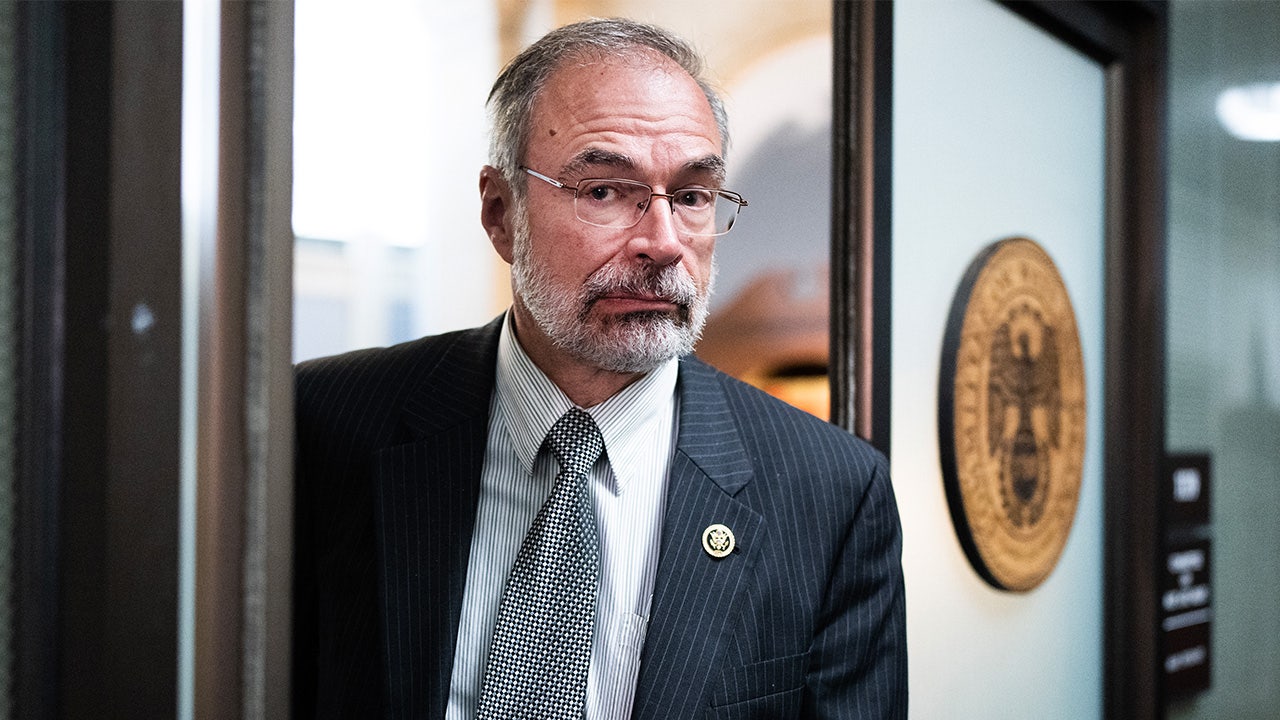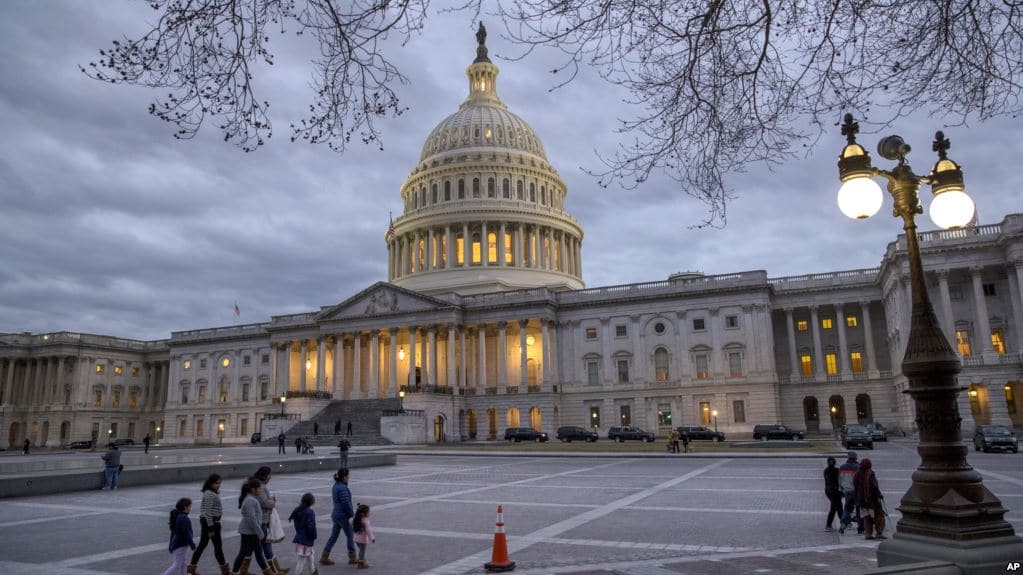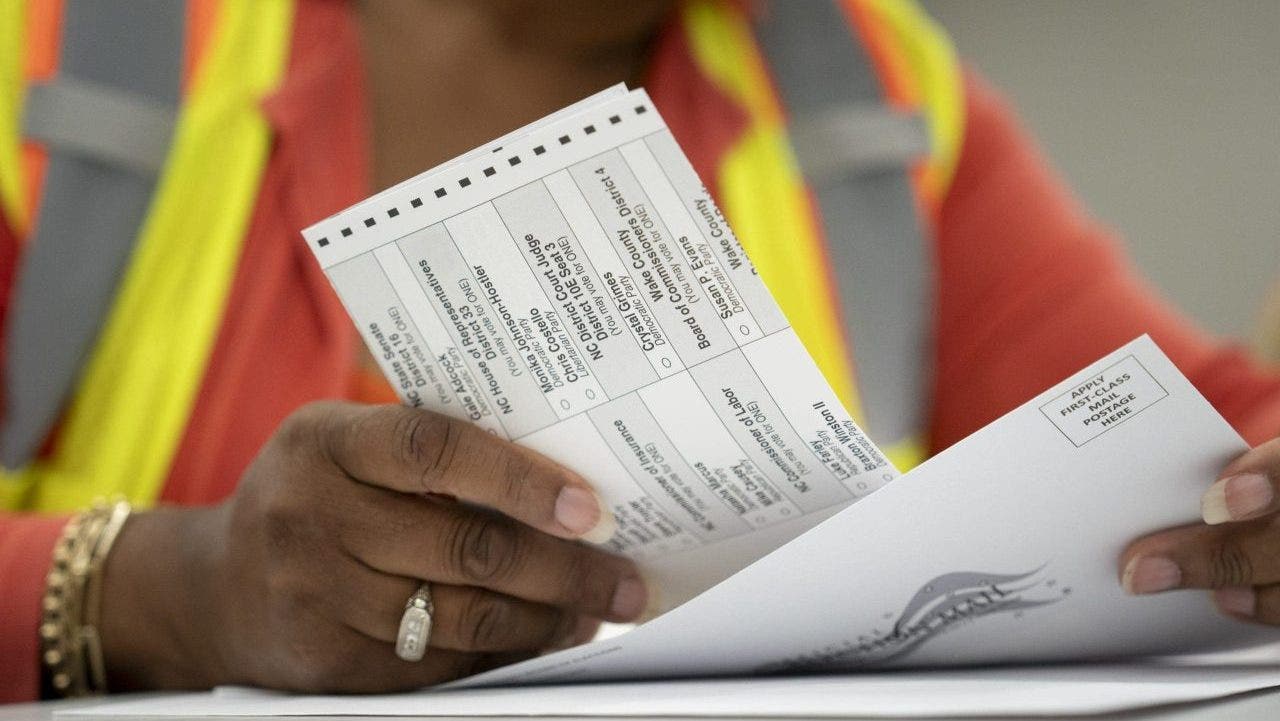Finance
Paying for healthcare creates mental and financial health concerns

Photo: Kameleon007/Getty Images
Unaffordable medical bills, higher deductible health plans, and confusing billing statements have caused an increase in physical and mental health issues for a majority of insured Americans, according to a new study from Health Payment Systems and PayMedix.
The 2023 PayMedix “Healthcare Payments and Financial Disparities Study” polled more than 1,000 Americans with employer-provided health insurance, along with 210 HR benefits managers, to gain insights into the affordability and impact of the current healthcare billing market.
Among the most notable findings are that more than half (52%) of insured Americans said that paying for medical bills has been stressful, with nearly all of them (92%) claiming the stress has affected their physical and mental health.
About one-third of respondents said that out-of-pocket costs (33%) and deductibles (31%) are unaffordable. That increases to four in 10 Americans with a credit score of 669 or less who find their deductibles (44%) unaffordable.
More than half of Americans said that in the last six months, paying for medical bills has been stressful (52%). The stress is most prominent among younger generations, people of color and those with a credit score of 669 or lower.
Among a variety of health-related scenarios, nearly a third of respondents said the cost of an unexpected medical bill is the most stressful scenario (29%) that could happen. Only 13% said the same about the cost of having a sick family member.
In the past year, nearly one-in-five (19%) Americans have received collection notices from their medical providers, with a third of millennials (34%) and a quarter of GenZ (27%) getting sent to collections. Of all those sent to collections, nearly two-thirds (62% ) say they feel more negative about their provider after receiving a collection notice.
This unexpected debt is causing nearly one-third (30%) of Americans to dip into their savings, with nearly one-in-five (17%) having to delay payments. The latter is significantly higher among those with lower credit scores (669 or less), which adds to the never-ending cycle of poor credit.
WHAT’S THE IMPACT
After receiving an unexpected medical bill, consumers may avoid future care altogether, with nearly one quarter (22%) saying it makes them never want to go to the doctor again.
Medical billing stress is compounded by the volume and confusion of billing statements, the survey found. Americans report receiving more than 70 bills and statements throughout the past year, mostly in the form of Explanation of Benefits, with about a quarter of respondents claiming their EOBs (29%), medical bills (25%), and what they owe (24%) are difficult to understand.
There appears to be a disconnect between employers and employees on the solutions to this problem. A majority (60%) of employees surveyed said their employers should be responsible for providing financial strategies to deal with the confusion, such as simplified billing, flexible payment options, and low-interest credit. Yet, less than one in five report that their employers provide a payment solution that offers credit, or a solution that simplifies the billing experience.
Half of Americans and nearly two-thirds of Gen Z (64%) and Millennials (65%) strongly desire an employer-provided solution for simplified bills. Most are interested in flexible payment options with zero to low-interest credit (72%), as well as providing guaranteed credit up to their out-of-pocket maximum (54%).
But while nearly three-quarters of benefits managers (72%) said they are likely to consider a simplified billing experience that offers financial security for all employees, fewer than four in 10 claim they currently have solutions in place. This also conflicts with what consumers report when asked if their employer offers any kind of support.
THE LARGER TREND
A July 2022 Morning Consult survey found one in five adults in the U.S. received an unexpected medical bill in that year, even after a federal ban on surprise medical billing.
Adults who received unexpected bills were most likely to get them for in-network lab work that was sent to an out-of-network lab for assessment, which is covered under the No Surprises Act, or for testing or procedures not covered by insurance, which isn’t. Another one in five were billed after being treated by an out-of-network doctor at an in-network hospital.
Sometimes those charges were hefty: 22% of adults who got unexpected bills were on the hook for over $1,000.
ON THE RECORD
“Affordability challenges are taking a real toll, not only on the financial health of patients but their physical and mental health as well,” said Tom Policelli, CEO, HPS/PayMedix. “It is particularly tough on people with lower credit scores and worsens the gap in health equity. The bad news is that the disjointed nature of our healthcare system has made it hard for consumers to even understand the financial side of their care. The good news is that there are holistic solutions that deliver efficiency to the system and affordability to consumers.”
Twitter: @JELagasse
Email the writer: Jeff.Lagasse@himssmedia.com

Finance
Investors eye PCE, Costco shares under pressure: Yahoo Finance
Wall Street is digesting this morning’s release of the latest Personal Consumption Expenditures (PCE) data, the Federal Reserve’s preferred measure of inflation. Meanwhile, Costco (COST) shares are under pressure following the wholesale retail giant’s latest quarterly results. Despite recent increases in membership fees, the company fell short of sales expectations. Yahoo Finance’s trending tickers include BlackBerry Limited (BB), SuperMicro Computer (SMCI), and Coinbase (COIN).
Key guests include:
9:05 a.m. ET : Tiffany Wilding, PIMCO Managing Director and Economist
9:30 a.m. ET Angelo Kourkafas, Edward Jones Senior Investment Strategist
10:15 a.m. ET Rich Lesser, BCG Global Chair
10:45 a.m. ET Stuart Kaiser, Citi Head of U.S. Equity Trading Strategy
11:30 a.m. ET Ed Hallen, Klaviyo Chief Product Officer & Co-Founder
Finance
Biodiversity still a low consideration in international finance: Report

Biodiversity-related projects have seen an increase in international funding in recent years, but remain a low priority compared to other development initiatives, according to a new report from the Organisation for Economic Co-operation and Development (OECD).
The report found total official development finance (ODF) for such projects grew from $7.3 billion in 2015 to $15.4 billion in 2022. That’s still less than what the nearly 200 governments that signed the Kunming-Montreal Global Biodiversity Framework (GBF) in December 2022 agreed would be needed to halt biodiversity loss: at least $20 billion annually by 2025, and $30 billion annually by 2030.
Government funding made up the bulk of the ODF for biodiversity-related projects in the OECD report, which is welcome news, Campaign for Nature (CfN), a U.S.-based advocacy group, said in a statement.
“We welcome the increase in international biodiversity finance reported in 2022 but that good news is tempered by a range of concerns,” Mark Opel, finance lead at CfN, told Mongabay.
One concern, CfN notes, is that funding specifically for biodiversity as a principal objective declined from $4.6 billion in 2015 to $3.8 billion in 2022. CfN reviewed hundreds of projects from 2022, which formed the source for the OECD’s report, and found that many either had vague descriptions or focused on other policies like agriculture but were counted toward protecting or restoring nature.
“We need to see more emphasis on funding with a primary focus on biodiversity,” Opel said. “So-called ‘principal’ funding that has biodiversity as its primary goal continues to be down since its 2015 peak. Increases in this type of funding are essential to meet the goals of the GBF … These goals cannot be met through funding with biodiversity as only a ‘significant’ goal that mainstreams biodiversity into projects with other primary goals like humanitarian aid or agriculture.”
The report also found that funding for biodiversity-related activities represent just 2-7% of the total ODF portfolio.
“It is concerning that biodiversity considerations still represent a relatively low share of the total official development assistance,” Markus Knigge, executive director of Germany-based nonprofit foundation Blue Action Fund, told Mongabay. He added it was also problematic that most funding came via loans, which have to be repaid, rather than grants, which are often more appropriate for conservation finance.
CfN says grants are preferable to loans because they don’t add to the debt burden of low-income recipient countries.
At the same time, development funding from major donors such as Germany, France, EU institutions, the U.S. and Japan have been cut in recent years.
“We have seen minimal announcements of new international biodiversity finance since [the GBF signing],” Opel said. “We estimate that only the equivalent of $162 million annually has been pledged since [then], which doesn’t come close to filling the $4.6 billion gap between the $15.4 billion in 2022 and the $20 billion commitment in 2025.”
Banner image: Javan lutung by Rhett A. Butler/Mongabay.
Finance
30-year mortgage rate hits 2-year low
The average rate on a 30-year fixed-rate mortgage was nearly unchanged this week but reached its lowest level in two years.
Thirty-year mortgage rates averaged 6.08% as of Thursday, down from 6.09% a week earlier, according to Freddie Mac data.
Average 15-year mortgage rates rose one basis point to 5.16%.
As mortgage rates hover around 6%, potential buyers are tiptoeing back into the market, and some homeowners who bought when interest rates topped 7% are weighing refinancing. Mortgage applications jumped to the highest level in more than two years last week, driven largely by refinancing volumes.
“Given the downward trajectory of rates, refinance activity continues to pick up, creating opportunities for many homeowners to trim their monthly mortgage payment,” Sam Khater, Freddie Mac’s chief economist, said in a statement. “Meanwhile, many looking to purchase a home are playing the waiting game to see if rates decrease further as additional economic data is released over the next several weeks.”
Thirty-year mortgage rates have dropped more than a percentage point since May.
Read more: Mortgage and refinance rates today, September 26, 2024: Rates finally decrease
The Pending Home Sales Index, a measure of housing contract activity, rose 0.6% to 70.6 in August, improving slightly from July’s record-low reading, according to the National Association of Realtors. A level of 100 is equal to the amount of contract activity seen in 2001.
“Buyers are finally getting more comfortable with the rate,” said Selma Hepp, chief economist at real estate data provider CoreLogic. “I don’t think that’s going to mean a big boost for home sales this year given how low they’ve been so far, but still, it’s a little bit of improvement.”
Claire Boston is a senior reporter for Yahoo Finance covering housing, mortgages, and home insurance.
Click here for real estate and housing market news, reports, and analysis to inform your investing decisions
Click here for more information and tools to help you handle your finances
-

 News1 week ago
News1 week agoSecret Service Told Trump It Needs to Bolster Security if He Keeps Golfing
-

 Business1 week ago
Business1 week agoU.S. Steel C.E.O. Says Nippon Deal Will Strengthen National Security
-

 Politics1 week ago
Politics1 week agoNew House Freedom Caucus chair reveals GOP rebel group's next 'big fight'
-

 News1 week ago
News1 week agoToplines: September 2024 Inquirer/Times/Siena Poll of Pennsylvania Registered Voters
-

 News1 week ago
News1 week agoDisney trips meant for homeless NYC students went to school employees' families
-

 Politics1 week ago
Politics1 week agoBiden admin moves to reinstate Trump-era rule, delist gray wolves from endangered species list
-

 Politics1 week ago
Politics1 week agoDem lawmakers push bill to restore funding to UN agency with alleged ties to Hamas: 'So necessary'
-

 World1 week ago
World1 week agoWhat’s South Africa’s new school language law and why is it controversial?













